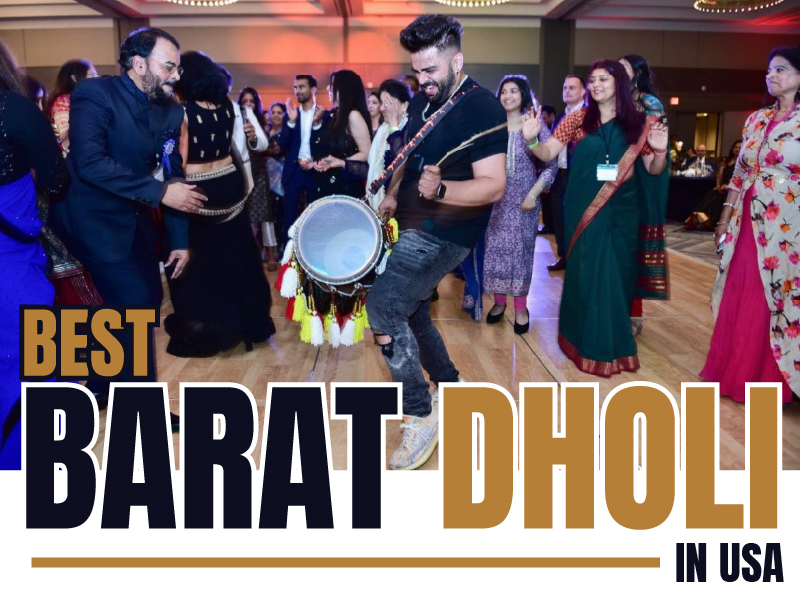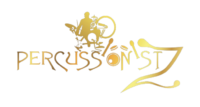
The dhol, a vibrant double-headed drum, is one of South Asia’s most iconic musical instruments. Reverberating through centuries of tradition, the dhol has played a pivotal role in the cultural, religious, and social fabric of the Indian subcontinent. From the energetic beats of Punjabi Bhangra to the rhythmic pulses of Assamese festivals, the dhol’s history is as diverse as the region itself.
Origins of the Dhol: Ancient Roots and Cultural Significance
Tracing the exact origins of the dhol is challenging due to its ancient and widespread use across South Asia. The word “dhol” likely has Persian roots, but the instrument itself has been present in the region for centuries, with depictions in ancient temple carvings and historical texts. The dhol’s presence in Assam dates back to at least the 14th century, where it remains central to the Rongali Bihu festival, symbolizing renewal and harvest.
Traditionally, the dhol is crafted from a hollow wooden barrel with animal hide or synthetic skins stretched tightly over both ends. It is played horizontally using two sticks: a thicker, curved stick called the dagga produces deep bass tones, while a thinner stick called the tilli or chanti delivers sharp treble sounds. This combination creates a dynamic range of rhythms that energize celebrations and rituals.
Regional Variations and Musical Styles
The dhol’s rhythmic patterns and playing styles vary widely across South Asia:
- Punjab: The dhol is synonymous with Bhangra music, driving the upbeat, infectious rhythms that accompany dance and festivities. Punjabi dhol players are renowned for their powerful beats and complex rhythms that ignite celebrations worldwide.
- Assam: In Assam, the dhol is integral to traditional dances and festivals like Rongali Bihu, marking the Assamese New Year with joyous music and dance.
- Other Regions: The dhol also features prominently in Gujarat, Rajasthan, and parts of Pakistan, each with unique rhythms and cultural contexts.
The Dhol in Celebrations and Spirituality
The dhol is more than just a musical instrument; it is a symbol of joy, unity, and cultural identity. It is played at weddings, harvest festivals, religious ceremonies, and Sufi gatherings, where its beats connect communities and elevate spirits. The dhol’s resonant sound embodies the heartbeat of South Asian celebrations.
Modern Evolution and Global Influence
Today, the dhol transcends traditional boundaries. It features in contemporary fusion music, Bollywood soundtracks, and international festivals, introducing global audiences to its powerful rhythms. Artists blend the dhol with electronic beats and other instruments, creating innovative sounds while honoring its rich heritage.
Conclusion
The dhol’s journey through South Asia’s history reflects the region’s vibrant cultural diversity and enduring love for music. Whether echoing through a Punjabi wedding or an Assamese harvest festival, the dhol continues to unite people through rhythm and celebration, making it an eternal symbol of South Asian heritage.
